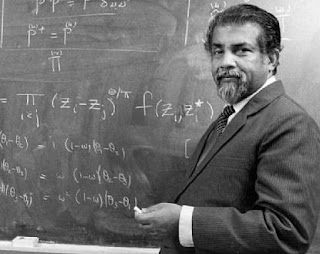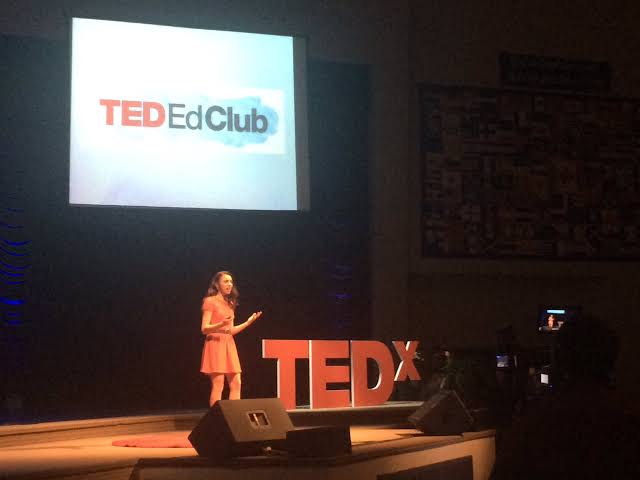Rembering ECG Sudharshan- By Fathima Heena Hasmj
Ennackel Chandy George (ECG) Sudharshan was born into a Syrian Christian family in September 1931 in Kottayam, Kerala. His contributions in physics range from formulating fundamental ideas in particle physics to understanding the quantum nature of light. He did his bachelors from CMS college and masters from Tata Institute of Fundamental Research (TIFR). Even though nobody in his family had a science background, he knew all the things that were taught in mathematics when he was in middle school, without any explanation. To be born into a culture that values learning was always an advantage. When he moved to college, he could focus on the subjects that interested him. Physics gradually became his way to make sense of the world around him. He liked the excitement of looking at the world through the prism of science and he could do it forever. When he was in Madras Christian College, he had some very good teachers and their teaching inspired him to learn more. While he was doing his masters in TIFR, he had been assigned to the experimental cosmic ray group that analysed emulsion tracks. The work involved identifying emulsion tracks of cosmic rays with great precision. He had great difficulty doing anything precise with his hands. He and his friend Biswas were engaged in identifying these tracks and developing a model for how the concerned particle interacted with matter. Robert Eugene Marshak, a distinguished nuclear physicist visited TIFR during his second year. For leaving TIFR and applying abroad, they would need the approval of their advisor. When this point was explained to Marshak, he went over to ECG's advisor and asked: "Is there any difficulty with his leaving?" And to Marshak, he said yes and later he said ECG that he wouldn't be suited for theoretical research and therefore he cannot be suited for theoretical research and therefore I cannot permit you to go there. So the following year he changed his advisor and granted the permission readily. During one of the visits by Robert Oppenheimer, Marshak recommended ECG for a fellowship at the Institute for Advanced Study. After a short interview, he was hired. Bhabha called him to Washington to meet him. Bhabha was aware of V-A and his role in it. But Marshak told him that he was going to Rochester. The first year he joined Rochester was the most memorable one for him, as Marshak was out of the country, and the other senior professor of the department had some personal problems, ECG had the responsibility in addition to teaching.
What ECG did for his PhD thesis in 1957 was probably one of the most important things in Physics and the Nobel Foundation should have nominated him at that time. But instead, they gave the prize to somebody who did something on top of it. But he assures that it is not impartial. He says that when the prize is given to any student (or anyone who built on top of it) is just like giving the award to him, it is his prize itself. When he took over IMSc, its budget was three crores. By the time he handed it over five years later, it was 30 crores. A lot went into the building infrastructure, particularly the library. Further, the salaries of these academic staff remained extremely low. Asking for more money for science these days was like Oliver Twist asking for more soup. Finally, the DAE agreed IMSc faculty received substantial raises and he was also offered IISc dictatorship. Then, they set up the centre for Theoretical studies in IISc. Its mandate has carried out interdisciplinary research applying mathematics to both basic and applied sciences. In the case of Tachyons, what he did was to say that there is no great disaster if it was there. There is nothing there that says that if it is there, the world will come to an end. It is because people have simply misunderstood certain things. So far no one has found it, but it could be found later. And as per the theory of relativity, if you give more and more energy to a particle, it can move faster and faster but can never reach the speed of light. The immediate application of the tachyons is that communication can be speeded up. And if we have tachyons we can do things at a distance faster than light can travel. Despite his writings, it can be done without violating any laws of physics.
He says that with all the hype that some of these institutes carry, he hardly see any big ideas coming out of them about the present standards of scientific research in India. Most scientists are locked up in their comfort zones, happy pursuing run-of-the-mill problems. There is no desire to excel and no courage to take up big questions and explore intriguing new possibilities. Progress is not made by repeating what has already been done. Raman had a theory about vibrating strings. And it may even seem funny to some that such a great man should worry about musical instruments. But he elevated these investigations to inspired inquiry. The same sense of inspired inquiry needs to be brought into the honours class.




Comments
Post a Comment